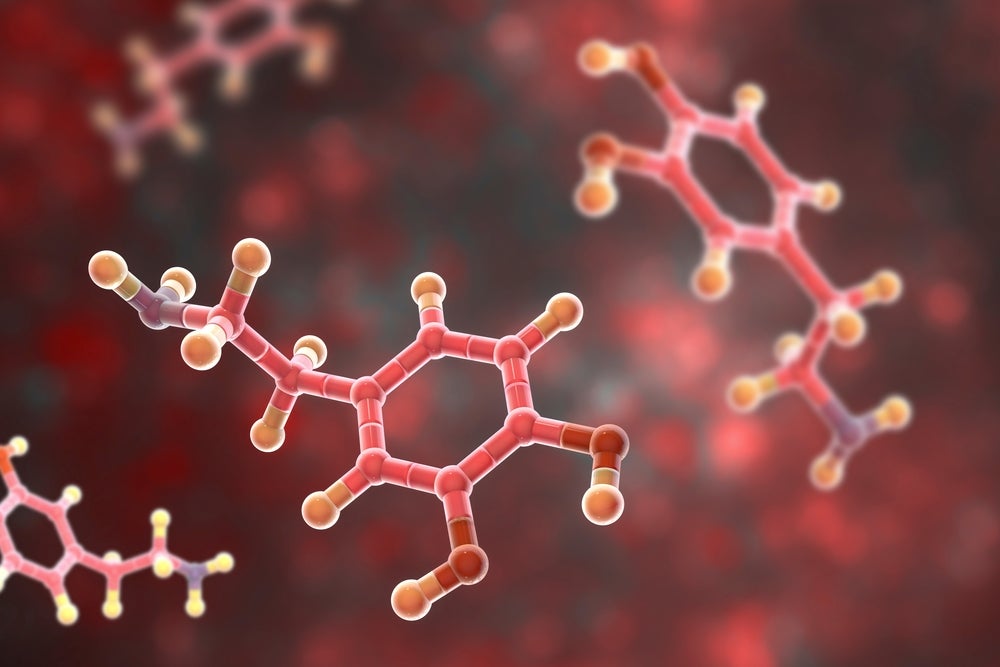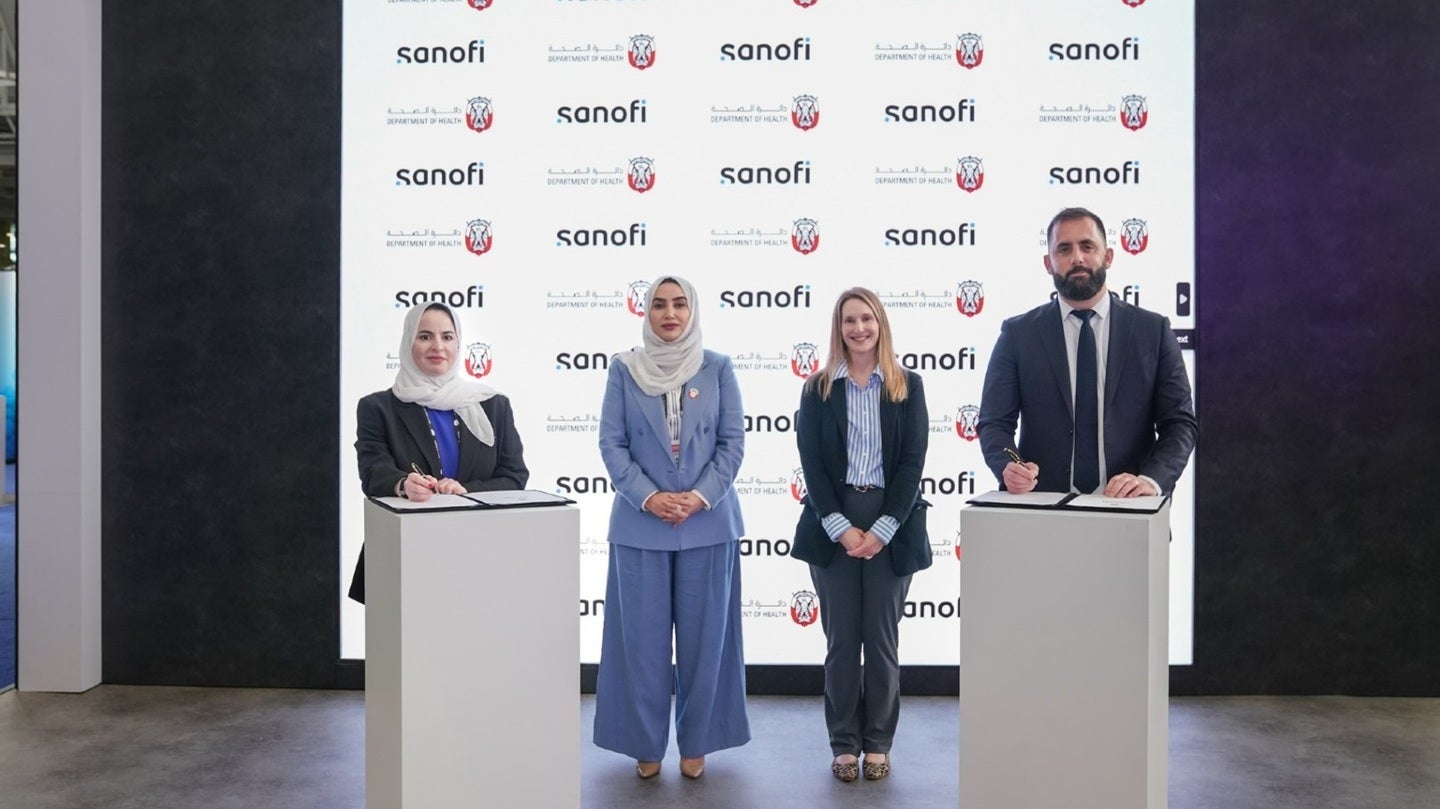Mitochondrial DNA Biomarkers Linked to Bronchopulmonary Dysplasia
In a groundbreaking advancement poised to reshape neonatal medicine, researchers have unveiled compelling evidence linking mitochondrial DNA (mtDNA) haplogroups and circulating cell-free mitochondrial DNA (cf-mtDNA) with bronchopulmonary dysplasia (BPD), a multifactorial chronic lung disease predominantly affecting premature infants. This revelation opens promising avenues for early diagnosis and targeted therapeutic interventions, capitalizing on the mitochondrial genome’s […]


In a groundbreaking advancement poised to reshape neonatal medicine, researchers have unveiled compelling evidence linking mitochondrial DNA (mtDNA) haplogroups and circulating cell-free mitochondrial DNA (cf-mtDNA) with bronchopulmonary dysplasia (BPD), a multifactorial chronic lung disease predominantly affecting premature infants. This revelation opens promising avenues for early diagnosis and targeted therapeutic interventions, capitalizing on the mitochondrial genome’s distinctive signatures. The study, spearheaded by Fernandez-Gonzalez, Sucasas-Alonso, Balboa-Barreiro, and colleagues, offers an unprecedented glimpse into mitochondrial contributions to pulmonary pathology, elucidated through sophisticated genomic and biomolecular analyses.
Bronchopulmonary dysplasia remains a persistent clinical conundrum, characterized by arrested lung development, inflammation, and dysregulated repair mechanisms in neonates subjected to oxygen toxicity and mechanical ventilation. Despite decades of research, the heterogeneity in clinical presentation and outcome has complicated prognostic assessments. The current study emerges at the nexus of mitochondrial biology and neonatal pulmonary disease, probing how inherited and circulating mitochondrial genetic material can function as biomarkers reflective of disease susceptibility and severity.
Mitochondrial DNA haplogroups represent maternally inherited lineage markers, defined by specific polymorphisms that trace human migratory histories and metabolic adaption. Crucially, mtDNA variants have been implicated in modulating susceptibility to a spectrum of diseases, from metabolic syndromes to neurodegeneration. Fernandez-Gonzalez et al.’s findings suggest that particular haplogroup profiles may predispose or protect premature infants from developing BPD, indicating a heretofore underappreciated genetic dimension influencing neonatal respiratory outcomes.
Circulating cell-free mitochondrial DNA, fragments of mtDNA released into the bloodstream, have garnered increasing attention as damage-associated molecular patterns (DAMPs) capable of triggering inflammatory pathways. Elevated cf-mtDNA levels have been documented in sepsis, trauma, and auto-inflammatory conditions, implicating their role as mediators and markers of tissue injury. This study’s innovative measurement of cf-mtDNA in neonates with BPD offers a novel biomarker with the potential to reflect ongoing mitochondrial distress and pulmonary inflammation in real-time.
The investigative team employed high-throughput sequencing technologies and quantitative PCR techniques to robustly characterize mitochondrial haplogroups and quantify cf-mtDNA concentrations in plasma samples from a well-defined cohort of preterm infants. This comprehensive molecular profiling allowed for correlations between genetic background, mitochondrial DNA release, and clinical indicators of lung injury severity. Such a methodological approach underscores the power of integrating genomics with systemic biomarker quantification in neonatal critical care research.
One striking revelation was the differential distribution of specific mitochondrial haplogroups among infants who developed severe BPD compared to those with uncomplicated respiratory outcomes. This implicates inherited mitochondrial genomic variants as potential risk modifiers, possibly influencing mitochondrial bioenergetics and reactive oxygen species (ROS) production within the immature pulmonary system. The exact molecular mechanisms remain to be fully delineated, but the data advocate for mitochondrial genotype as a determinant in neonatal lung disease pathogenesis.
Moreover, cf-mtDNA levels were markedly elevated in infants exhibiting advanced BPD pathology, reinforcing the concept that mitochondrial damage and its systemic molecular footprints mirror the extent of pulmonary insult. The researchers posited that mitochondrial dysfunction leads to increased membrane permeability and mtDNA release, fueling a vicious cycle of inflammation through innate immune receptor activation, such as Toll-like receptor 9 (TLR9). This mechanistic insight aligns with growing evidence positioning mitochondria at the heart of sterile inflammatory cascades in critical illness.
The translational implications of these findings are profound. By harnessing mtDNA haplogroup profiling alongside cf-mtDNA quantification, neonatologists could develop precision medicine strategies to stratify prematurity-related lung disease risk. This biomarker-driven paradigm could inform individualized ventilatory strategies, antioxidant therapies, or emerging mitochondrial-targeted interventions aimed at mitigating oxidative injury and preserving lung development.
Furthermore, this research paves the way for non-invasive monitoring of mitochondrial health in critically ill neonates, offering prognostic value beyond conventional clinical parameters. The ability to detect molecular signatures before irreversible lung injury manifests could revolutionize early intervention protocols and long-term management of BPD, potentially reducing morbidity and healthcare burdens associated with chronic pulmonary insufficiency.
From a broader scientific perspective, Fernandez-Gonzalez and colleagues contribute to the expanding discourse on mitochondrial genomics’ relevance across diverse pathological states, particularly in the delicate context of neonatal physiology. Their multi-parametric approach exemplifies the increasing convergence of genetic, proteomic, and immunological methodologies in unraveling complex disease etiologies.
Nevertheless, the study acknowledges inherent limitations, including the need for larger multicenter cohorts to validate haplogroup associations across ethnically diverse populations and to clarify whether cf-mtDNA dynamics can predict therapeutic response. Longitudinal sampling may also elucidate temporal changes in mtDNA release relative to clinical interventions and disease trajectory, fostering a more nuanced understanding of mitochondrial involvement in BPD.
Future investigations might explore the interplay between nuclear-encoded mitochondrial proteins and mtDNA variants, evaluating how these interactions influence mitochondrial resilience or vulnerability within newborn lungs exposed to environmental stressors. Integrating metabolomic profiles and mitochondrial functional assays will further elaborate the bioenergetic landscape underpinning BPD pathophysiology.
As precision medicine increasingly penetrates pediatric healthcare, the integration of mitochondrial biomarkers heralds an era where genomic insights inform bedside decisions, tailoring supportive care to the infant’s unique genetic and molecular milieu. This study stands as a testament to the critical role of mitochondria—not merely as cellular powerhouses but as dynamic arbiters of inflammation, injury, and repair in fragile neonates.
In sum, Fernandez-Gonzalez et al. delineate a compelling mitochondrial signature associated with bronchopulmonary dysplasia, revealing that both inherited haplogroup variants and acquired circulating cf-mtDNA collectively illuminate the underlying molecular mechanisms of neonatal lung disease. This novel biomarker axis holds promise for refining diagnostic precision and catalyzing innovative therapies, ultimately improving survival and quality of life for premature infants at risk of chronic respiratory compromise.
The unfolding narrative of mitochondria in neonatal pathology underscores the necessity of interdisciplinary collaboration, marrying genomic technology, immunology, and clinical neonatology to tackle one of modern pediatrics’ most vexing challenges. As research progresses, the hope is that mitochondrial biomarkers will not only predict disease but also guide effective interventions, transforming bronchopulmonary dysplasia from a largely enigmatic condition into a manageable clinical entity illuminated by molecular clarity.
Subject of Research: Mitochondrial DNA haplogroups and circulating cell-free mitochondrial DNA as biomarkers of bronchopulmonary dysplasia in premature infants.
Article Title: Mitochondrial DNA haplogroups and circulating cell-free mitochondrial DNA as biomarkers of bronchopulmonary dysplasia.
Article References:
Fernandez-Gonzalez, S.M., Sucasas-Alonso, A., Balboa-Barreiro, V. et al. Mitochondrial DNA haplogroups and circulating cell-free mitochondrial DNA as biomarkers of bronchopulmonary dysplasia. Pediatr Res (2025). https://doi.org/10.1038/s41390-025-04052-7
Image Credits: AI Generated
DOI: https://doi.org/10.1038/s41390-025-04052-7
Tags: bronchopulmonary dysplasia researchcell-free mitochondrial DNAchronic lung disease in premature infantsearly diagnosis of bronchopulmonary dysplasiagenomic analyses in neonatologyinherited mitochondrial genetic materialmitochondrial contributions to lung pathologymitochondrial DNA biomarkersmitochondrial genetics and disease susceptibilitymtDNA haplogroups and BPDneonatal pulmonary diseasetherapeutic interventions for BPD
What's Your Reaction?


































